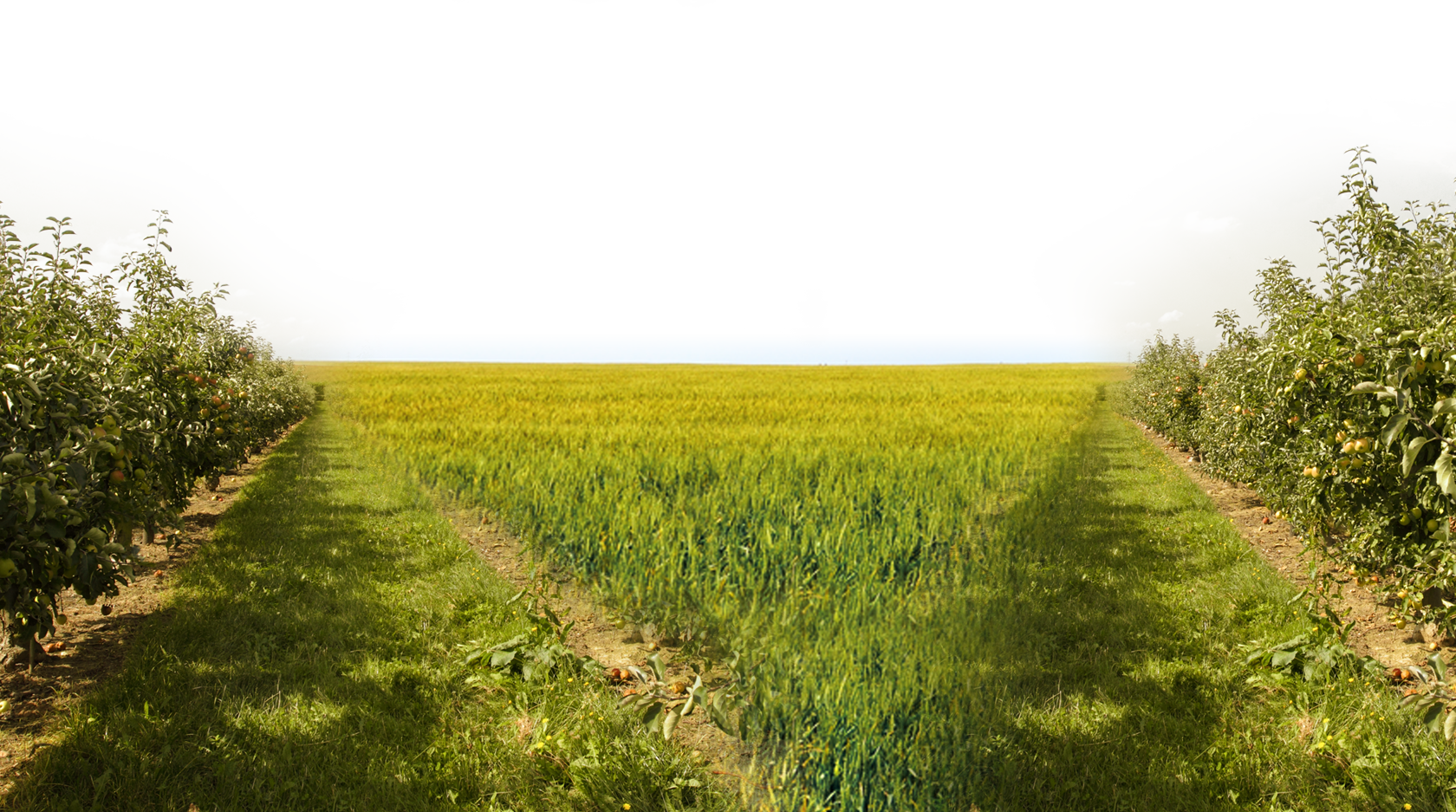
The mighty micronutrients, and why we need them!
By Linda Bonvie | 0 Comments | Posted 12/03/2014
If you don’t know what “micronutrients” are, you should!
They’ve been called the “magic wands” that allow our bodies to make enzymes, hormones and other necessary things needed for functioning.
And like their name suggests, we only need tiny amounts of these nutrients to be effective. While you can take supplements to add them to your diet, they are best obtained from whole food sources. Some micronutrients need to be replenished daily, and some are only needed in trace amounts.
Even though we may only need small amounts of these “magic wands,” the consequences of not having enough can be very detrimental to our health.
Now since these essential nutrients are found in foods, you may wonder why it’s even an issue. I mean we eat breakfast, lunch and dinner with plenty of snacking in between, right?
Well, one big reason why we have these “nutrient gaps” is because the foods we eat are processed to the point of being mostly devoid of nutritional value. And “fortified” foods don’t make up that gap, either.
These micronutrients, as a rule, aren’t nearly as “mighty” when altered as they are in their natural state, where their effectiveness is supported and enhanced by a lot of other trace substances – many of whose roles aren’t even yet understood by science.
If you want to get an idea of how mighty micronutrients work together in concert, try imagining them as separate instruments in a symphony orchestra, each assigned an essential part in playing the musical composition.
Think of all the coordination and timing that takes place among strings, woodwinds, brass and percussion, even under the guidance of a conductor.
Now, imagine some of those instruments being removed from the orchestra. Things wouldn’t sound quite the same, now would they? The composition might still be distantly recognizable, but it would hardly represent what the composer had in mind.
So what we might think of as a well-orchestrated meal, might actually be one that can still fall short on a great many essential nutritional notes.
The result is a subtle, but significant loss of what was once called “food value.” So in an interesting twist, while we’ve “supersized” our diets, our food has been downsized in nutritional content.
Stay tuned next for some examples of these mighty micronutrients, and the foods they’re best found in.


 Contact us
Contact us



























